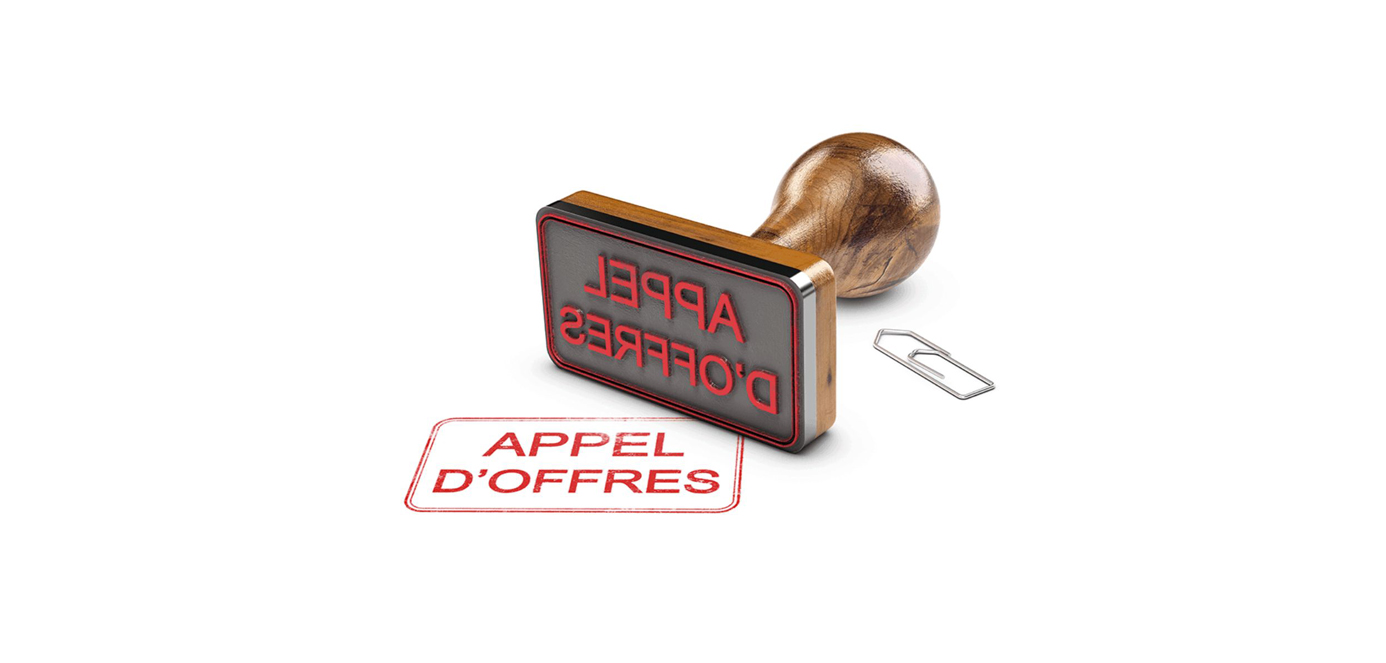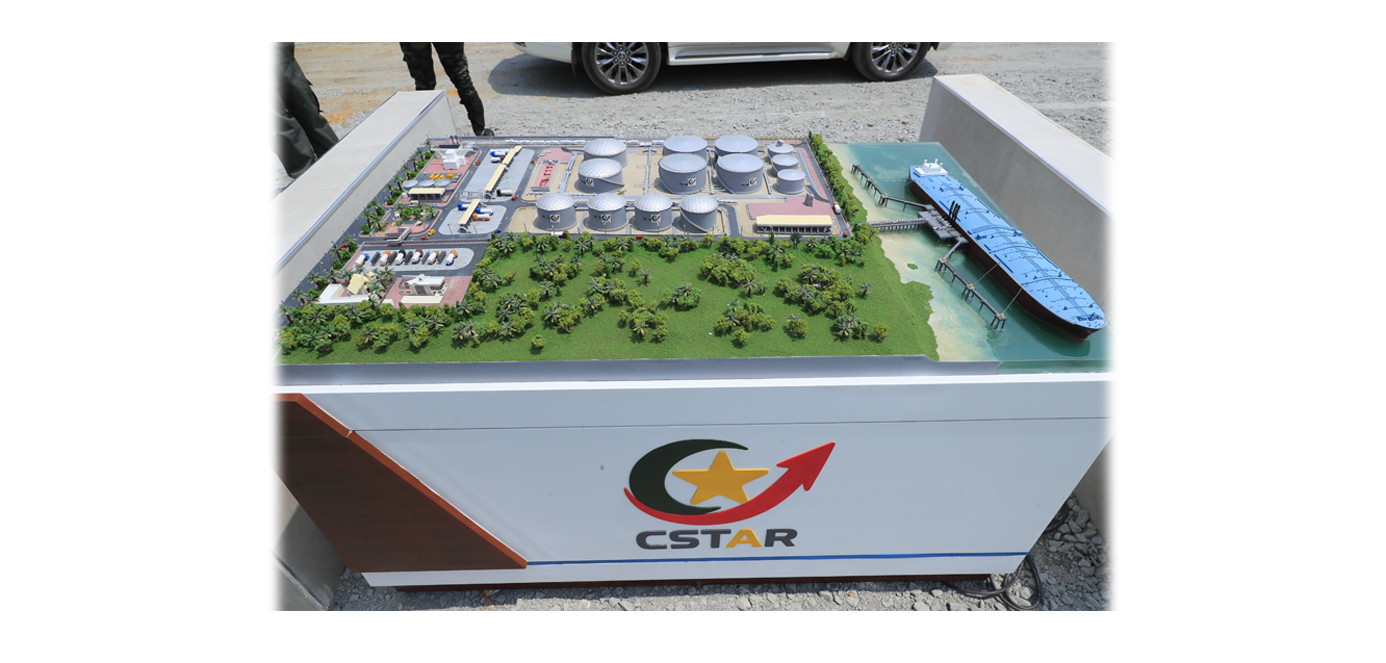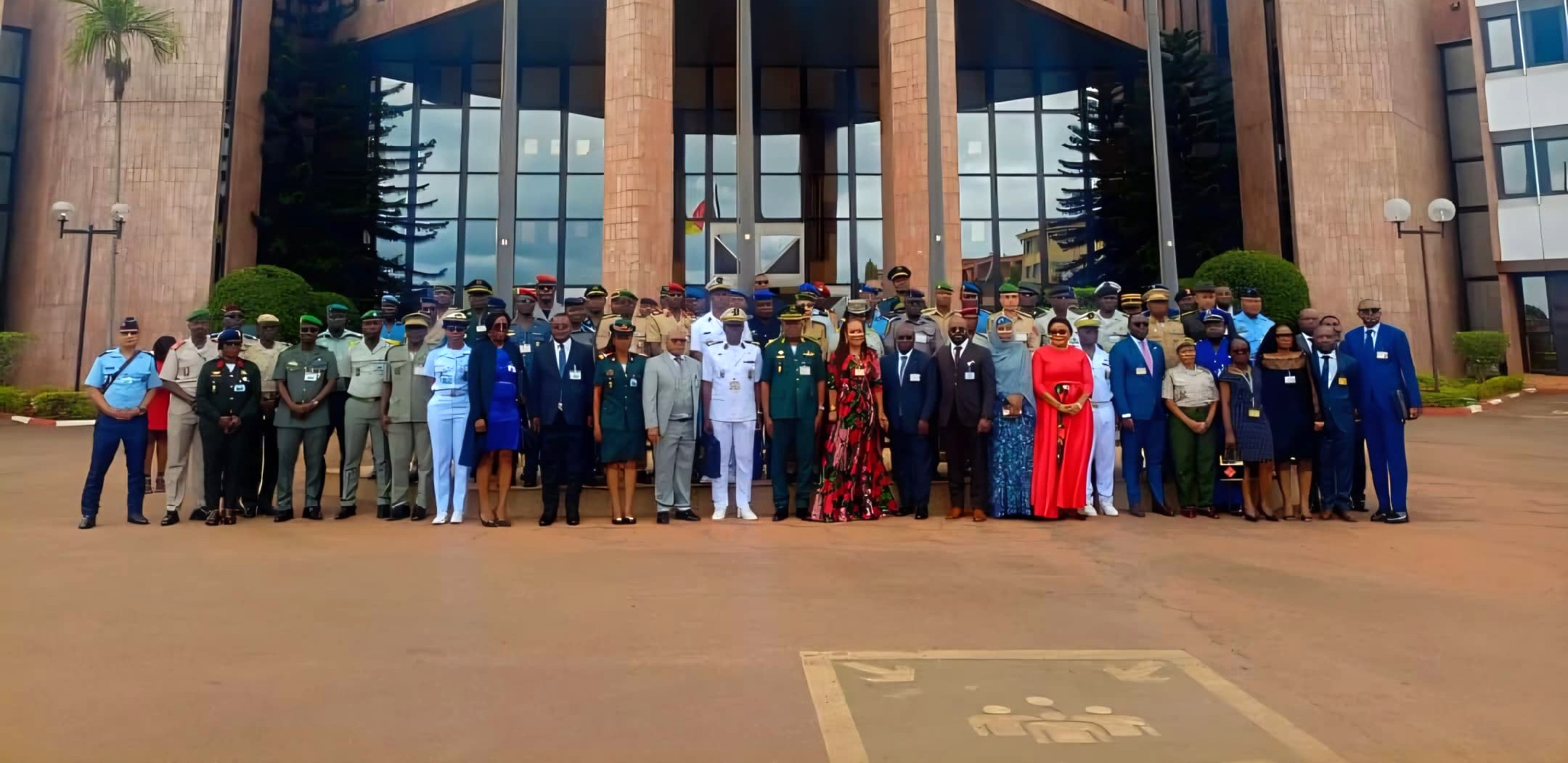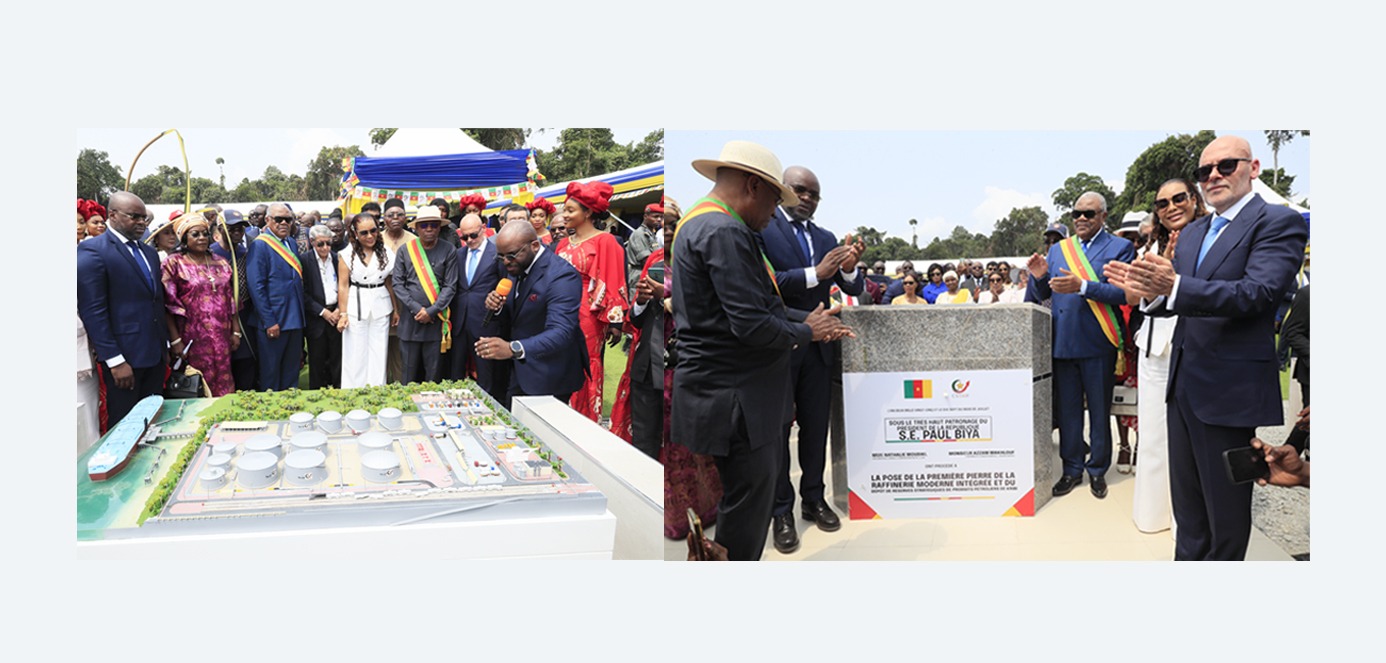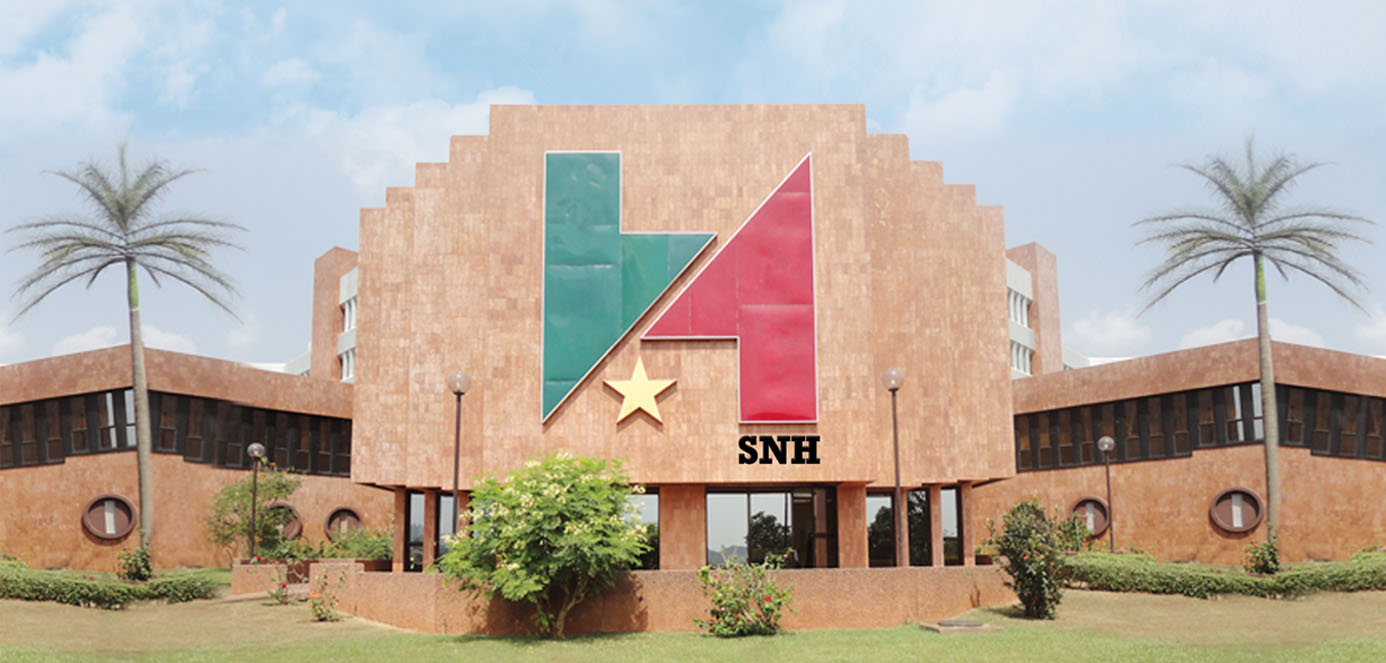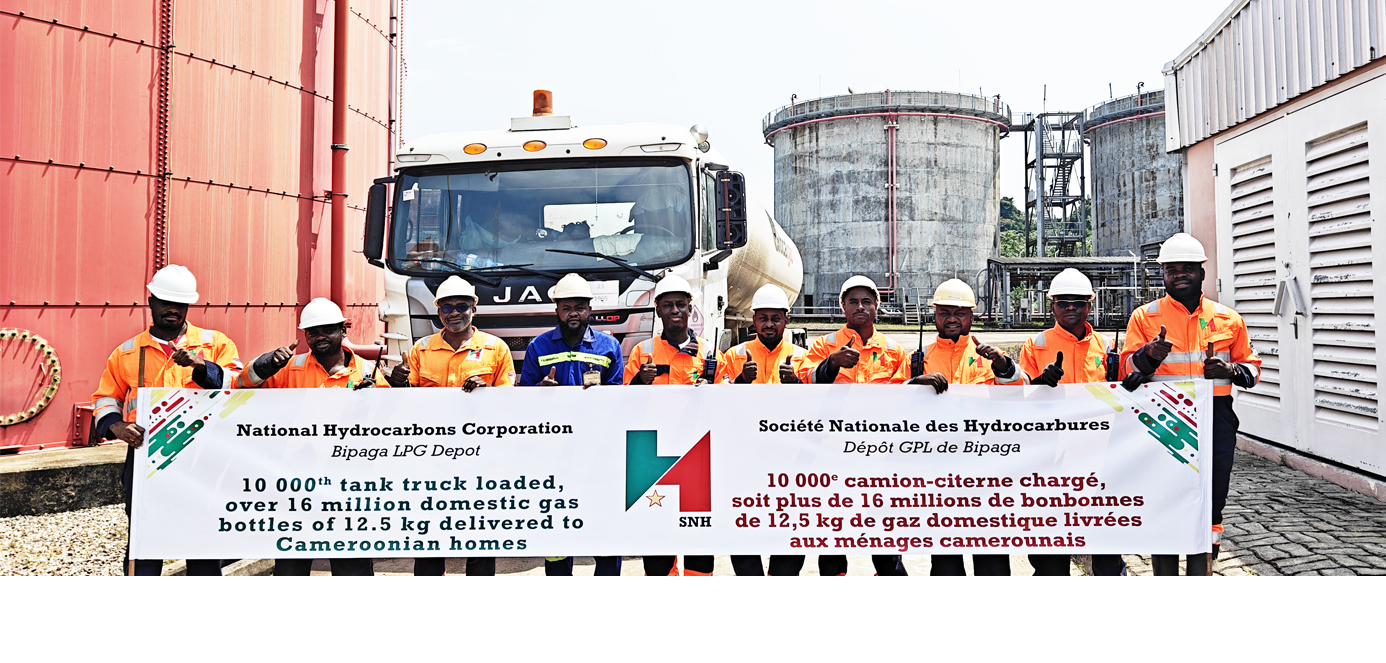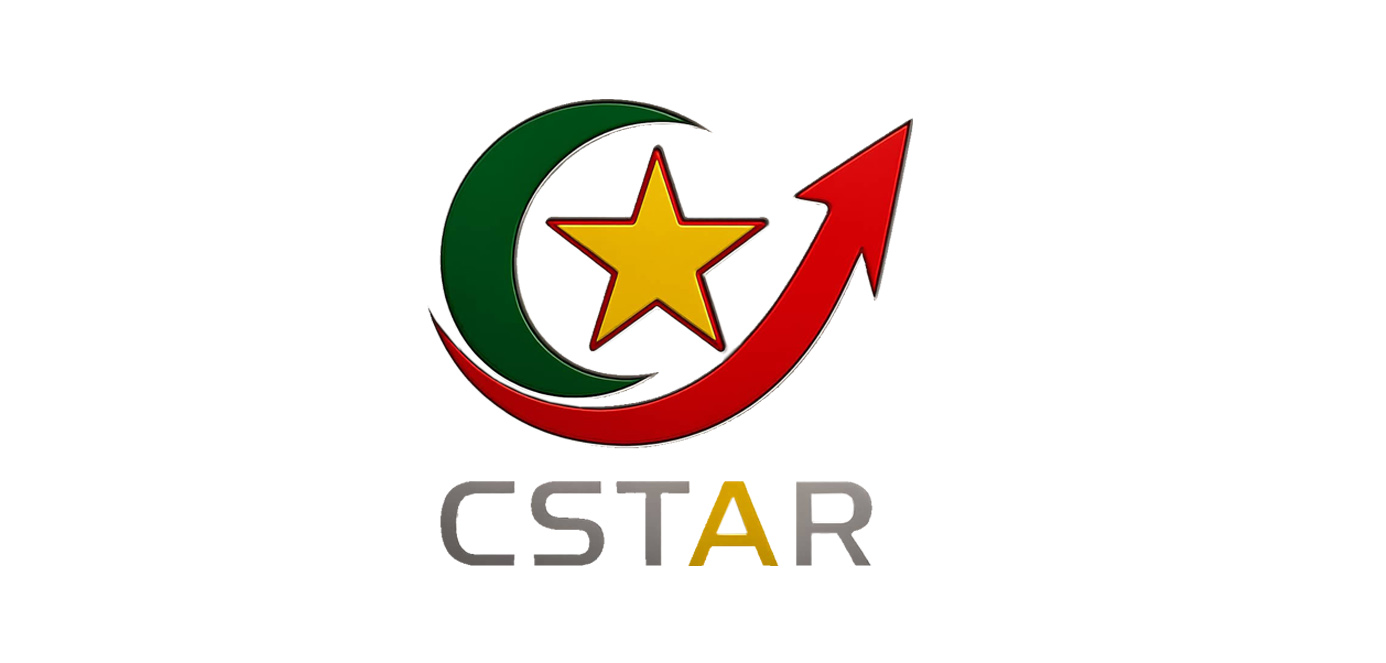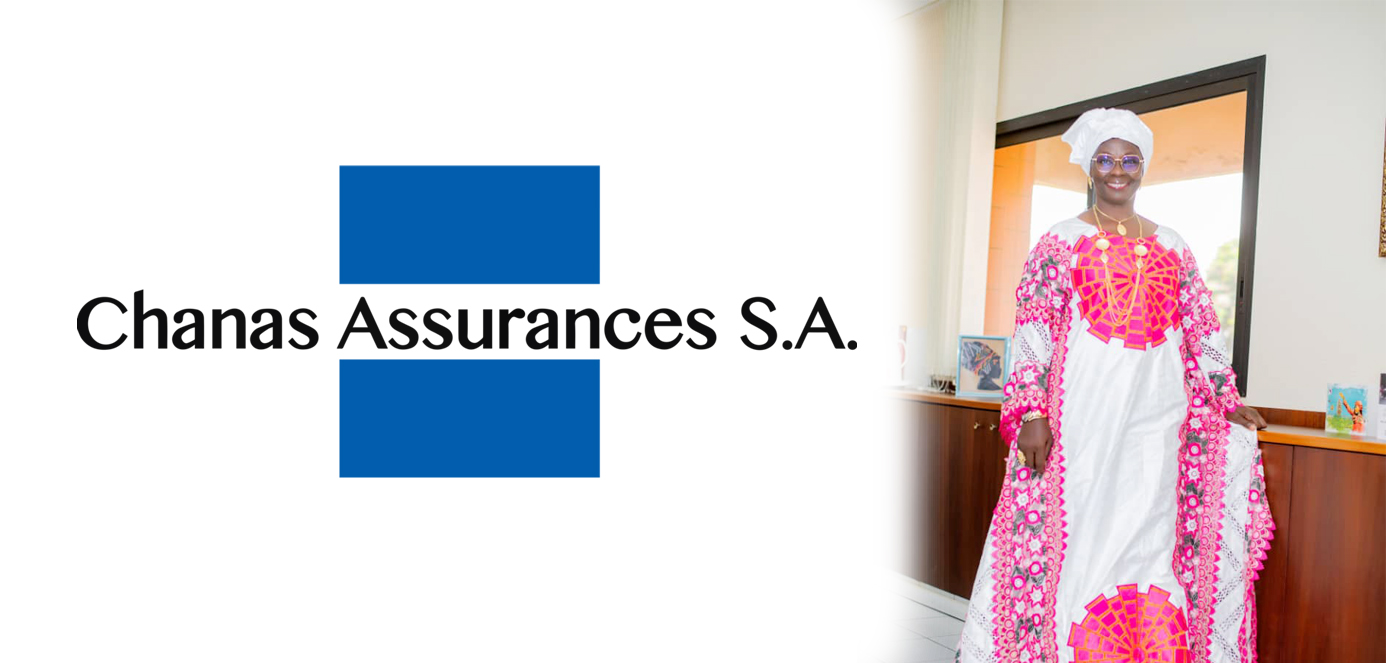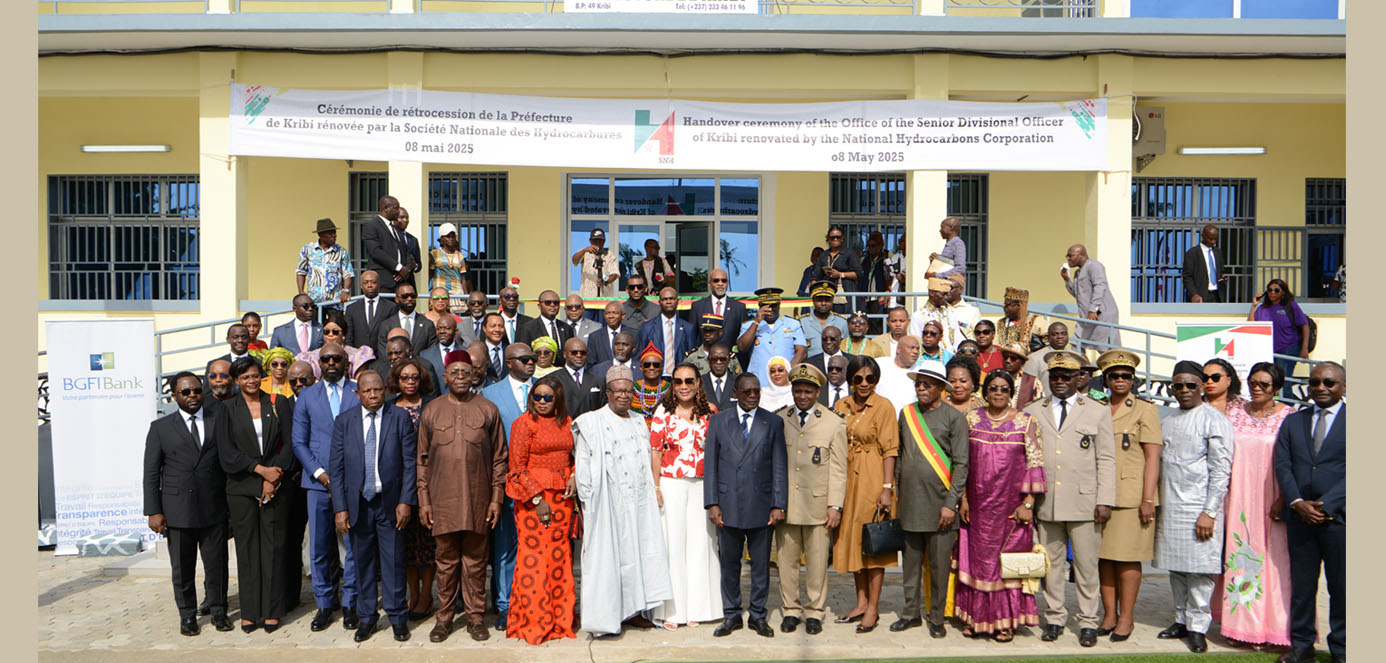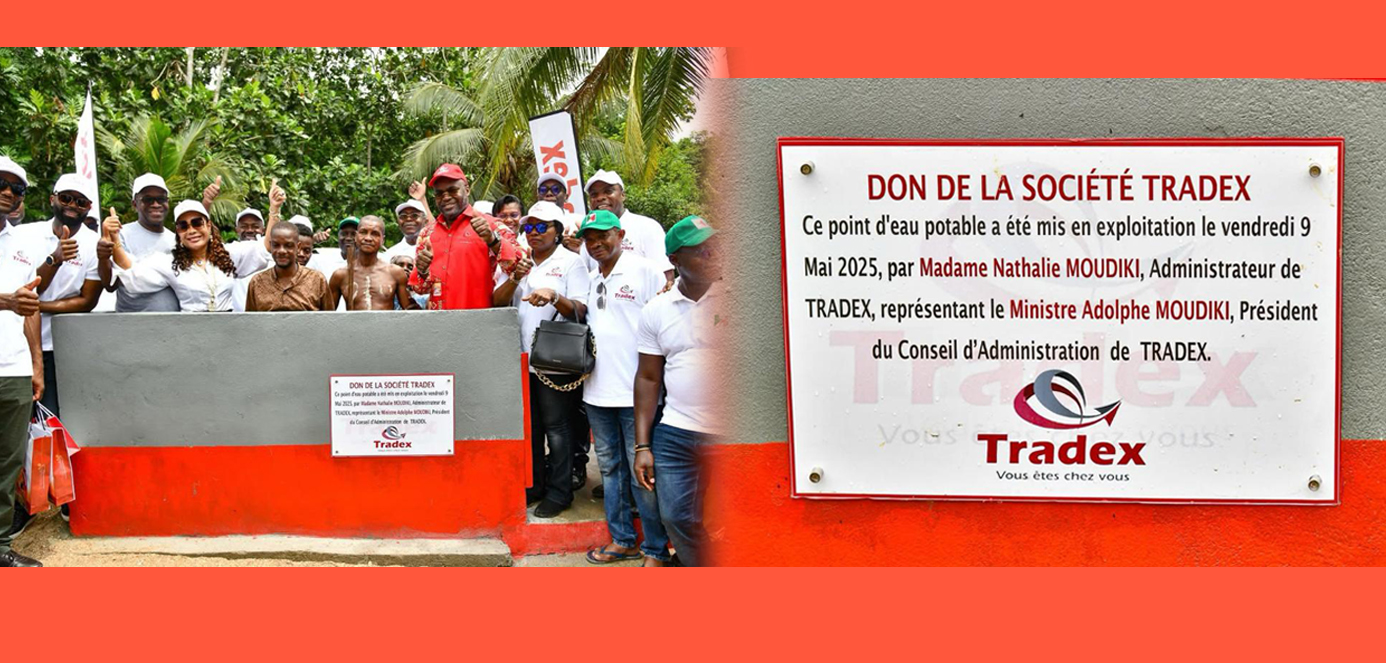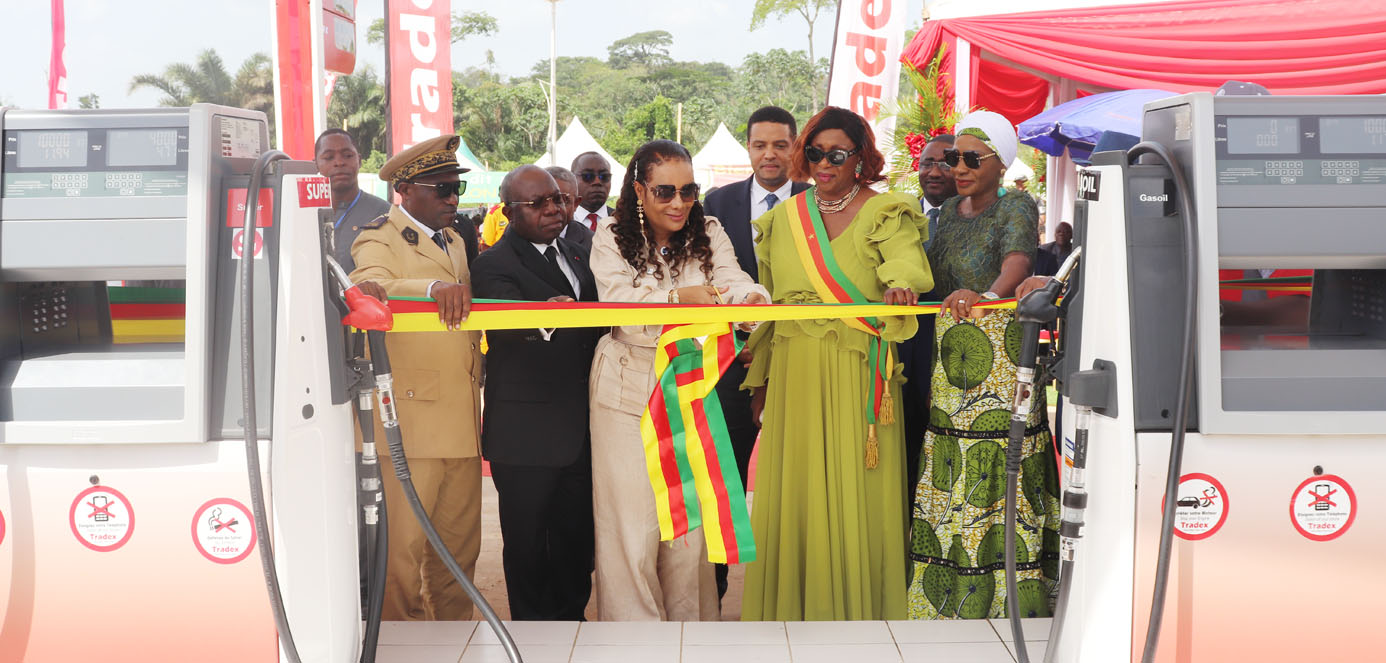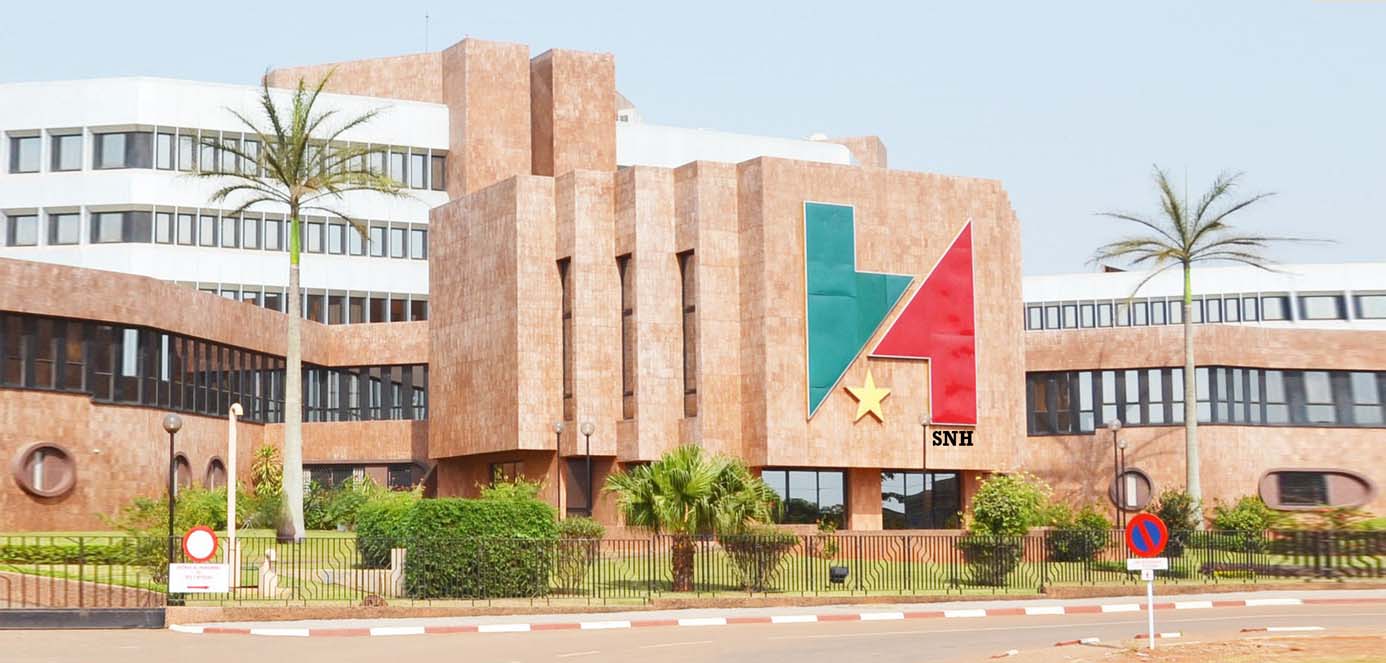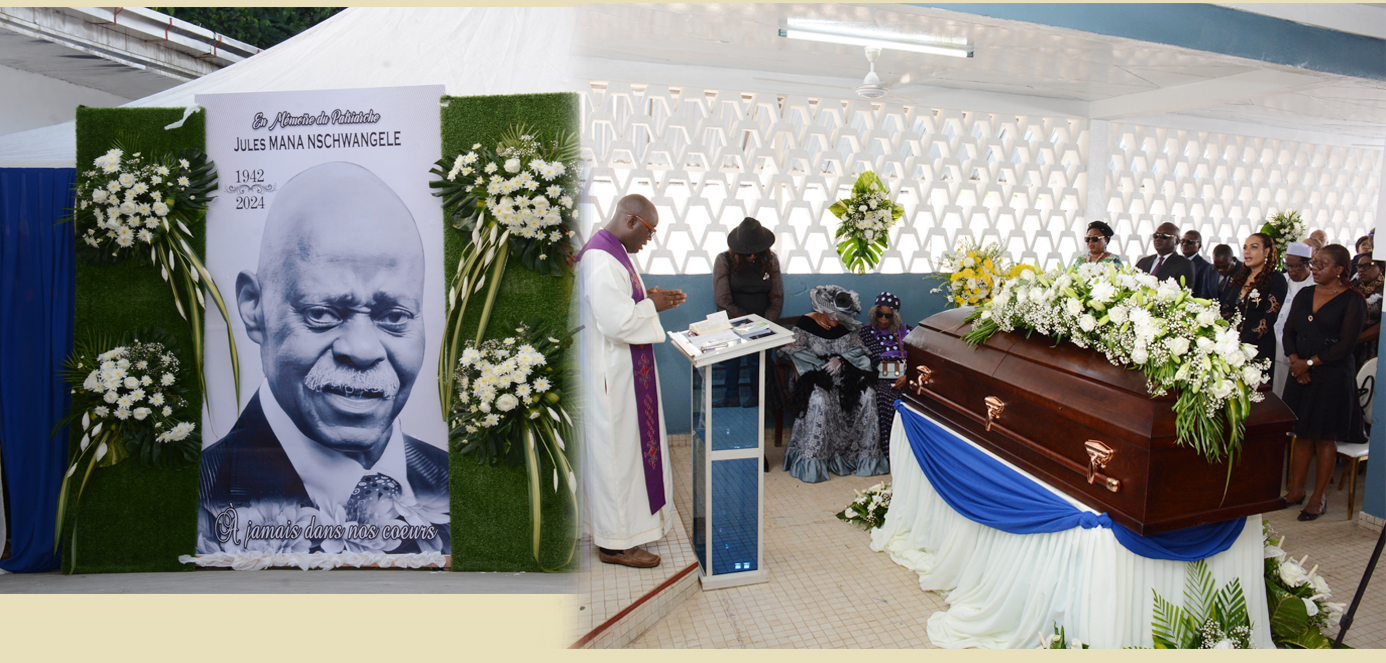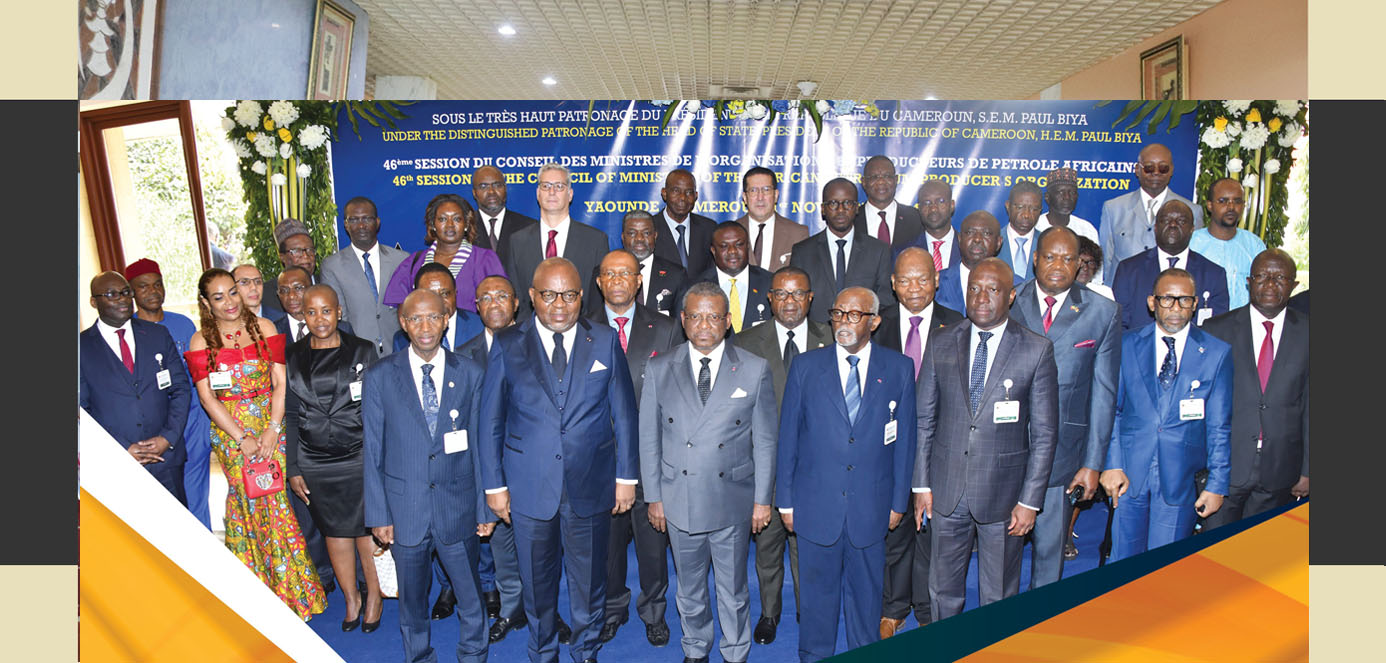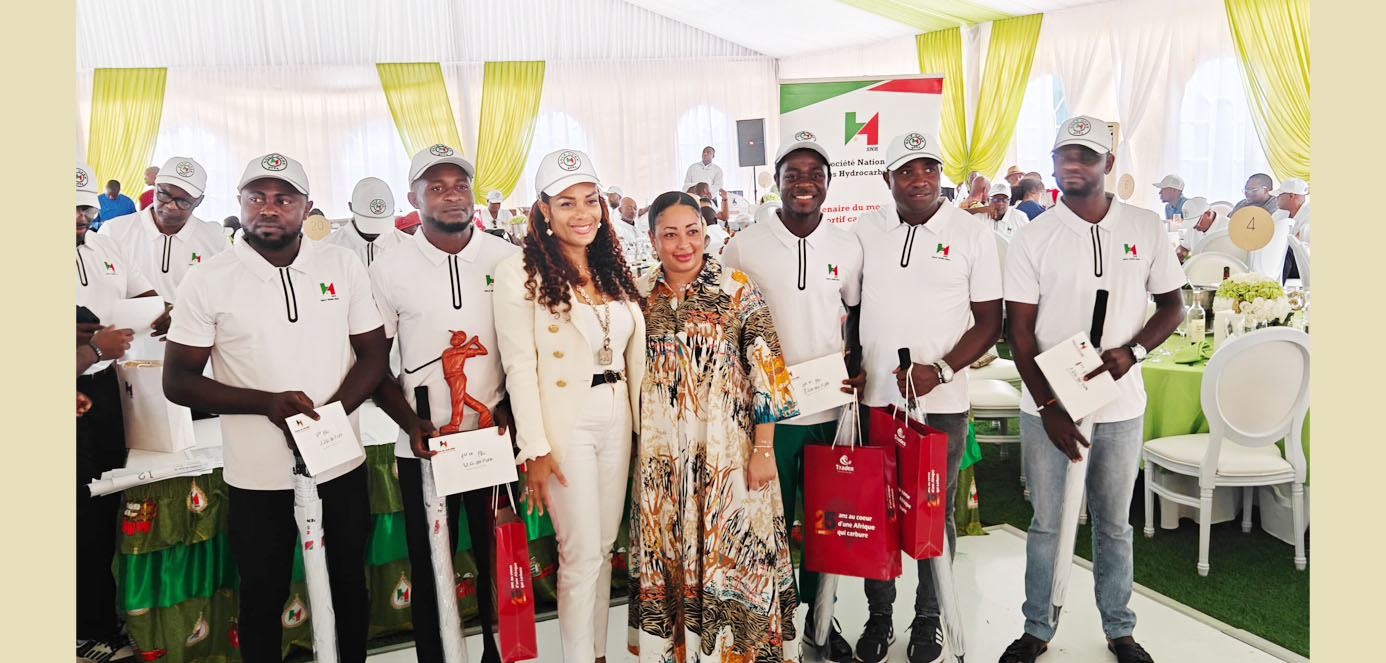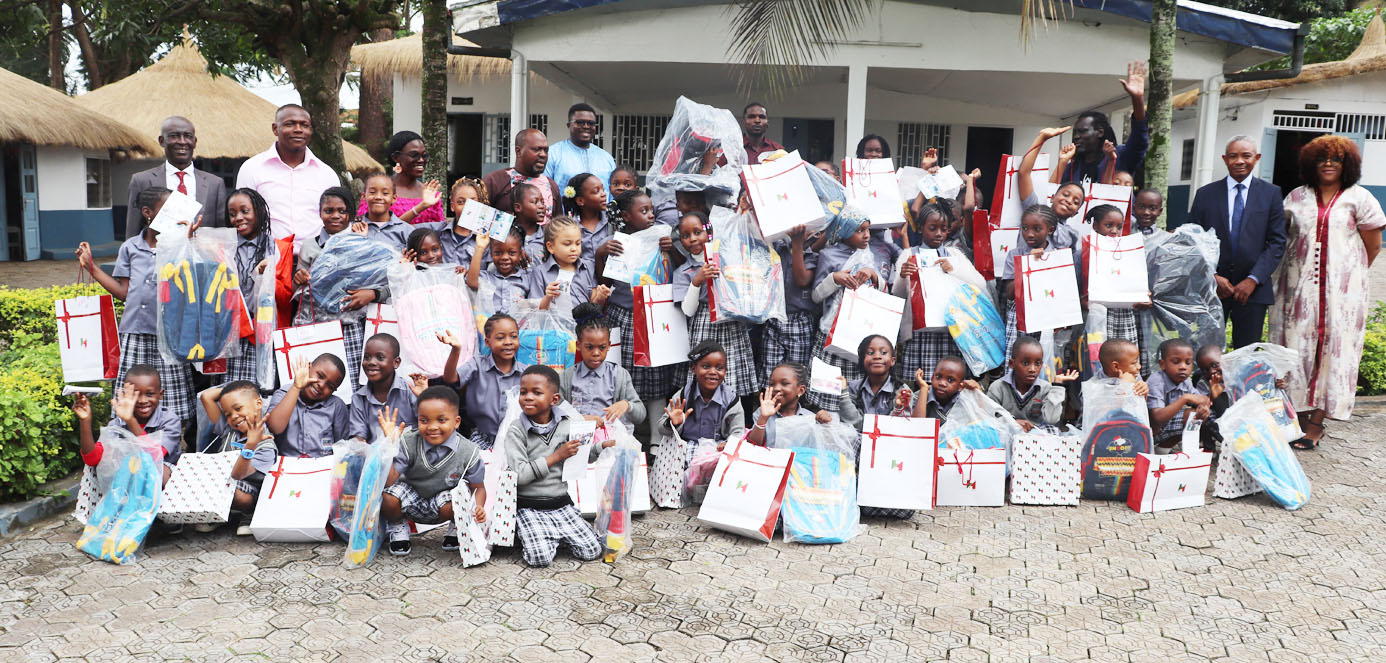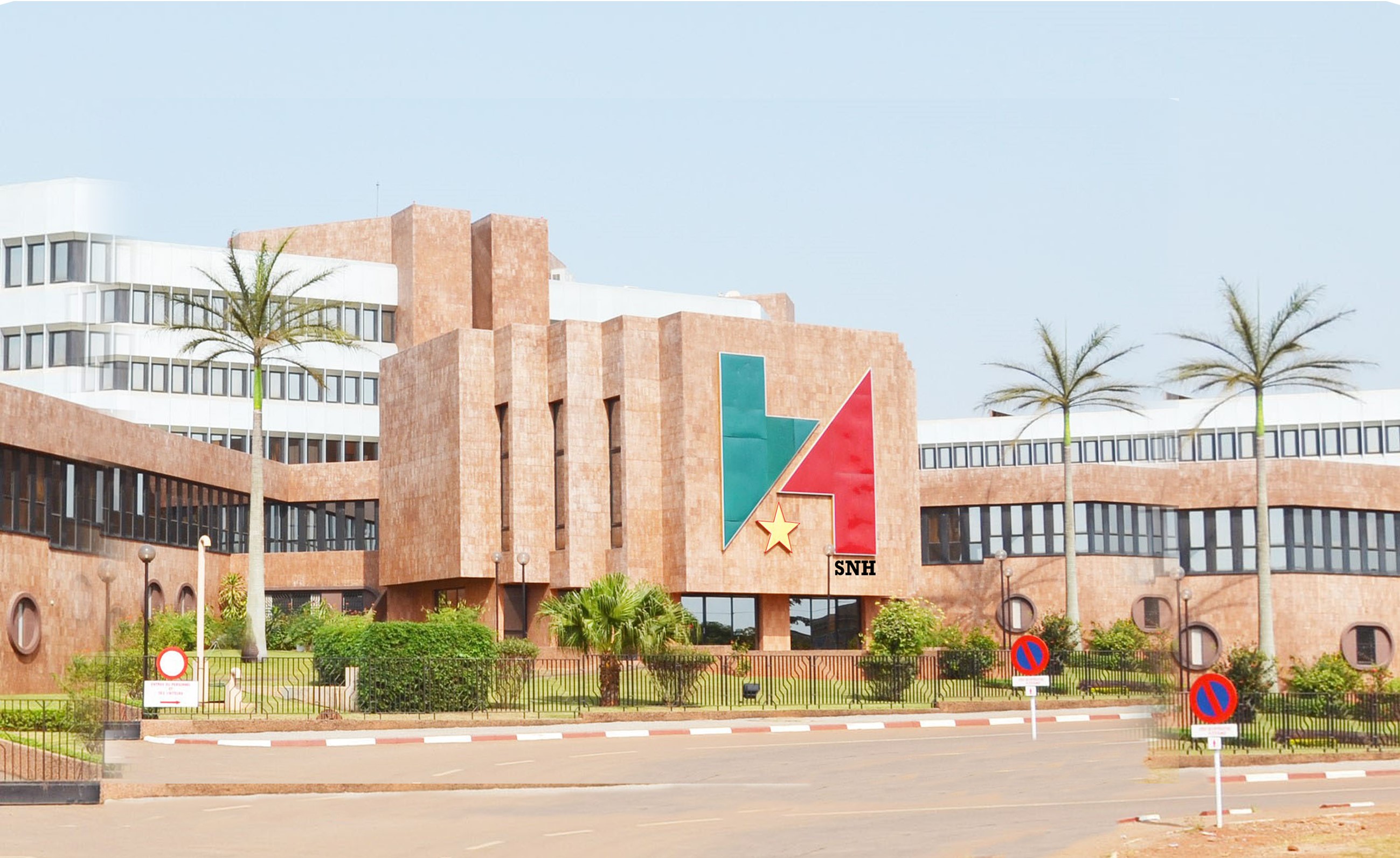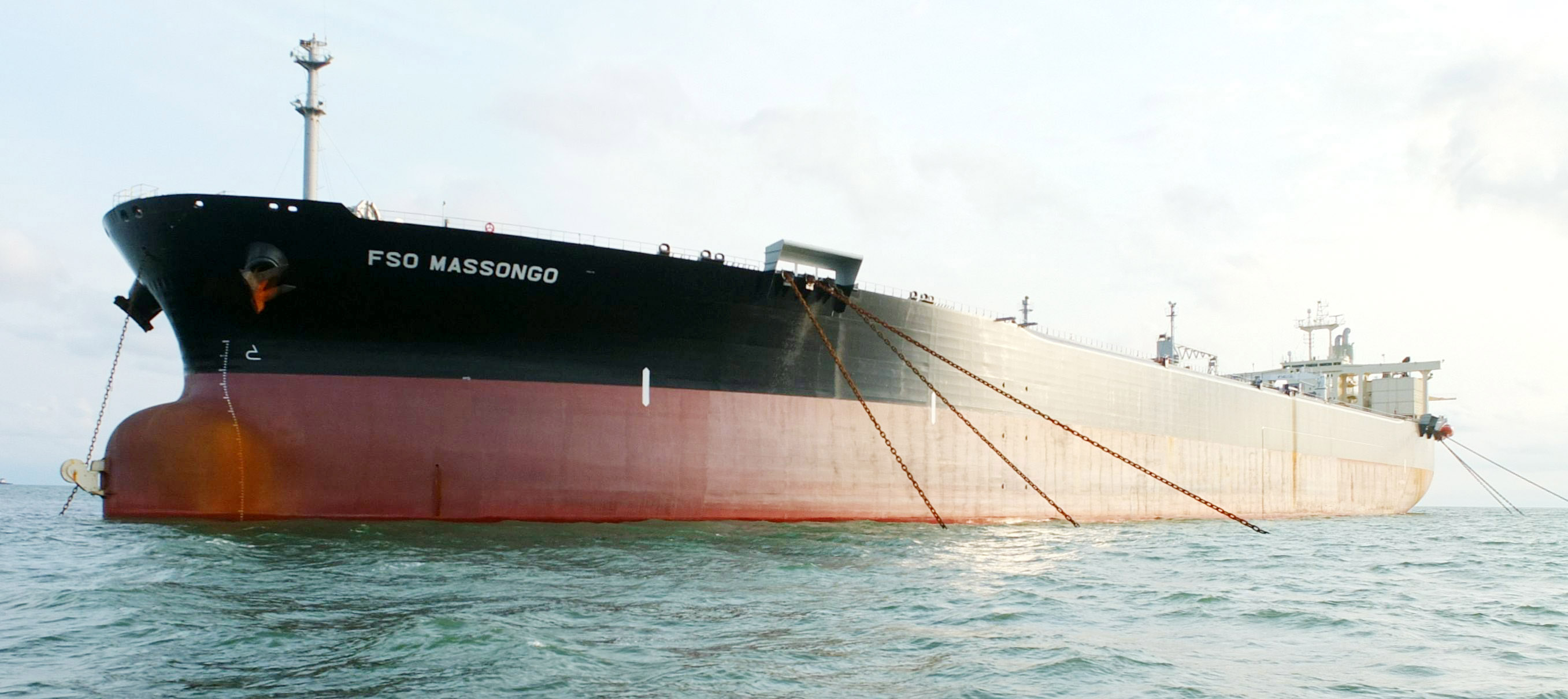Key figures from 1st January to 30 September 2023:
- National crude oil production : 17.901 million barrels
- Volume of crude oil sold on behalf of the State : 10.069 million barrels
- Average official sales price of crude oil : 78.838 USD per barrel ($/bbl)
- National gas production : 59.649 billion cubic feet
- Quantities of natural gas sold by SNH to Kribi Power Plant for electricity generation : 8.223 billion standard cubic feet (scf) at 1 000 British thermal units/standard cubic foot (BTU/scf)
- Average sales price of natural gas : 1 719.545 CFAF per scf at 1 000 BTUs
- Quantities of domestic gas (LPG) supplied by SNH to the local market : 26.300 billion metric tonnes (MT)
- Average sales price of LPG : 383 371.850 CFAF per MT
- Quantities of liquefied natural gas (LNG) exported for the State : 13.583 billion SCF
- Average sales price of LNG : 9.693 USD per mscf
- Association expenses, gas commitments and other commitments : 178.944 billion CFAF
Transferable balance to the State : 425.142 billion FCFA
About the transfers made by SNH to the State
In accordance with its mission, the National Hydrocarbons Corporation (SNH) transfers to the State revenues from the sale of hydrocarbons, after deduction of expenses.
When referring to transfers to the State, two terms are used: transferable balance and transferred balance.
The transferable balance is taken from the Table of Oil Operations, a forecast table of income and expenditure, which is updated at the beginning of each quarter.
An adjustment is made at the end of each quarter to take into account final payments.
Adjustments done in the 4th quarter of a given fiscal year are taken into account in the 1st quarter of the following fiscal year.
Based on this mechanism, there is necessarily either a windfall (too much transferred) or a shortfall (less transferred) charged to the following year.
The balance transferred corresponds to the amount that is effectively transferred during a given fiscal year. These transfers are recorded as revenue in the State Financial Operations Table (TOFE) under the heading "SNH Royalties".
Recap on production, sales and payments per fiscal year
2023 Summary table (Pdf or Excel)
2022 Summary table (Pdf or Excel) 2021 Summary table (Pdf or Excel)
2020 Summary table (Pdf or Excel) 2019 Summary table (Pdf or Excel)
2018 Summary table (Pdf or Excel) 2017 Summary table (Pdf or Excel)
2016 Summary table 2015 Summary table
2014 Summary table 2013 Summary table
2012 Summary table 2011 Summary table
2010 Summary table 2009 Summary table
2008 Summary table 2007 Summary table
Details accounts of SNH
Mandate of the state
Summary of financial statements
2021(General report) 2021(Summary) 2020 2019 2018 2017 2016
2015 2014 2013
Certification reports
2021 2020 2019 2018 2017 2016 2015 2014 2013
Company
Summary of financial statements
2022 2021(General report) 2021(Summary) 2020 2019 2018 2017
2016 2015 2014 2013
Certification reports
2022 2021 2020 (General report) 2020 (Special report)
2019 2018 2017 2016 2015 2014 2013

